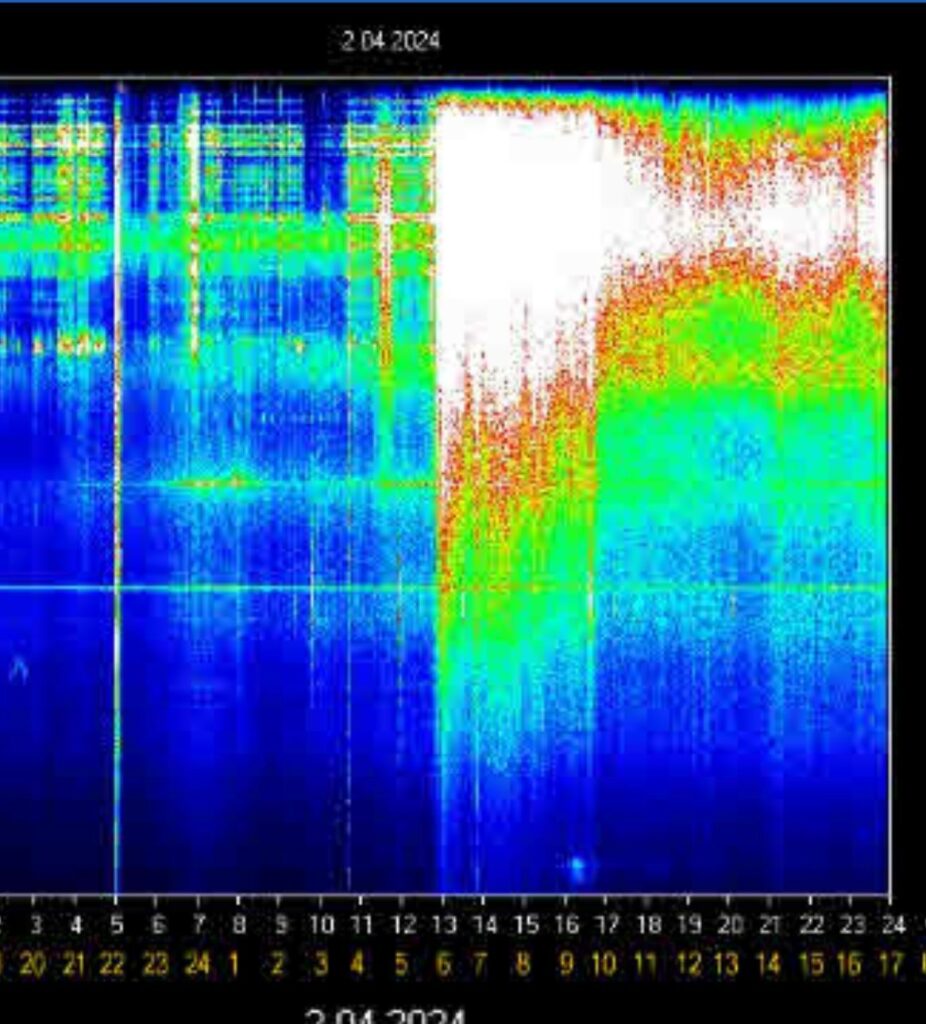Schumann resonance is a natural electromagnetic phenomenon that occurs in the space between the Earth’s surface and the ionosphere. It was first predicted by German physicist Winfried Otto Schumann in the 1950s and was later confirmed by measurements in the early 1960s. The phenomenon is named after him.
The Schumann resonance is a set of spectrum peaks in the extremely low frequency (ELF) portion of the Earth’s electromagnetic field spectrum. These frequencies are global electromagnetic resonances generated and excited by lightning discharges in the cavity formed by the Earth’s surface and the lower edge of the ionosphere. This cavity is filled with atmospheric gases and acts as a resonator.

The fundamental frequency of Schumann resonance is about 7.83 Hz. This frequency is slightly variable and can be influenced by factors such as solar activity and global lightning activity. The resonances are not stationary but fluctuate with time, and the power of the resonance can vary significantly. Schumann resonance is often associated with a wide range of effects on biological systems. Some researchers believe that these frequencies have a direct influence on human consciousness, brainwaves, and even health. However, this is a subject of ongoing research and debate.
In summary, Schumann resonance is a natural electromagnetic phenomenon that occurs in the space between the Earth’s surface and the ionosphere. It is named after the German physicist Winfried Otto Schumann, who predicted its existence in the 1950s. The phenomenon is characterized by spectrum peaks in the extremely low frequency portion of the Earth’s electromagnetic field spectrum and is generated and excited by lightning discharges.
[Via: @acceptlovenow]